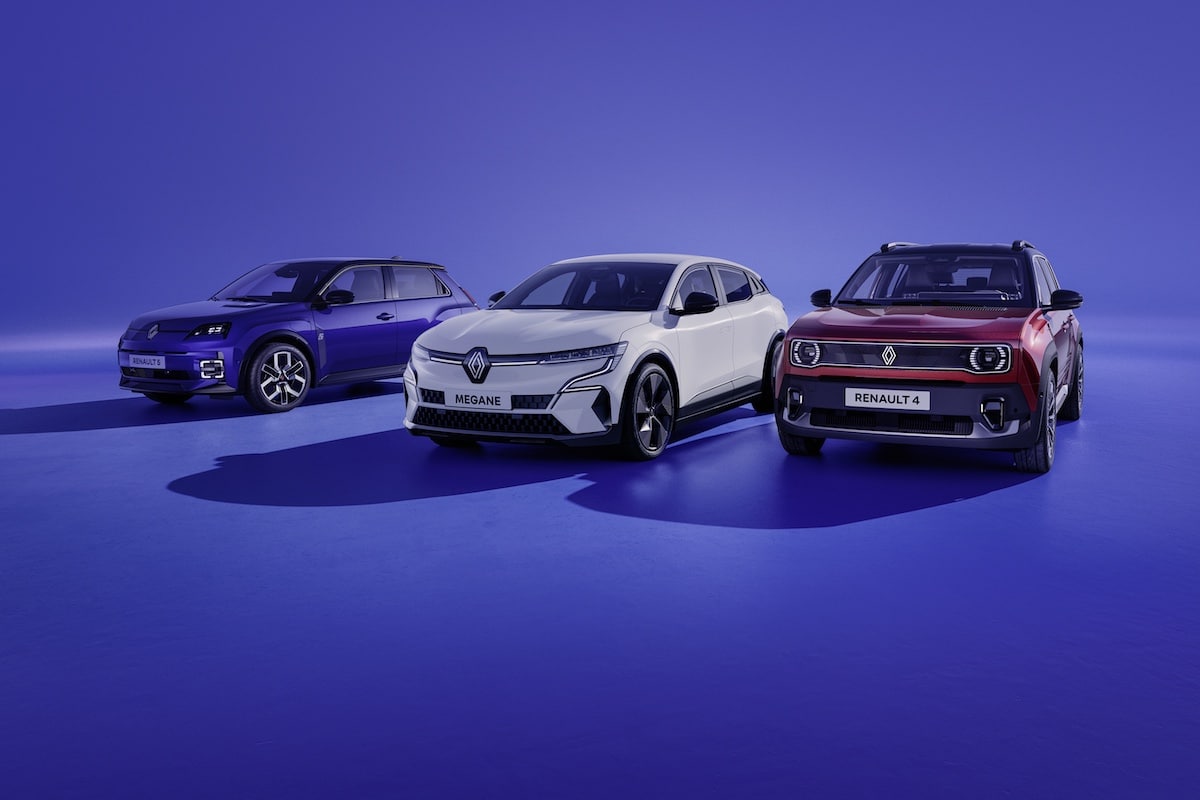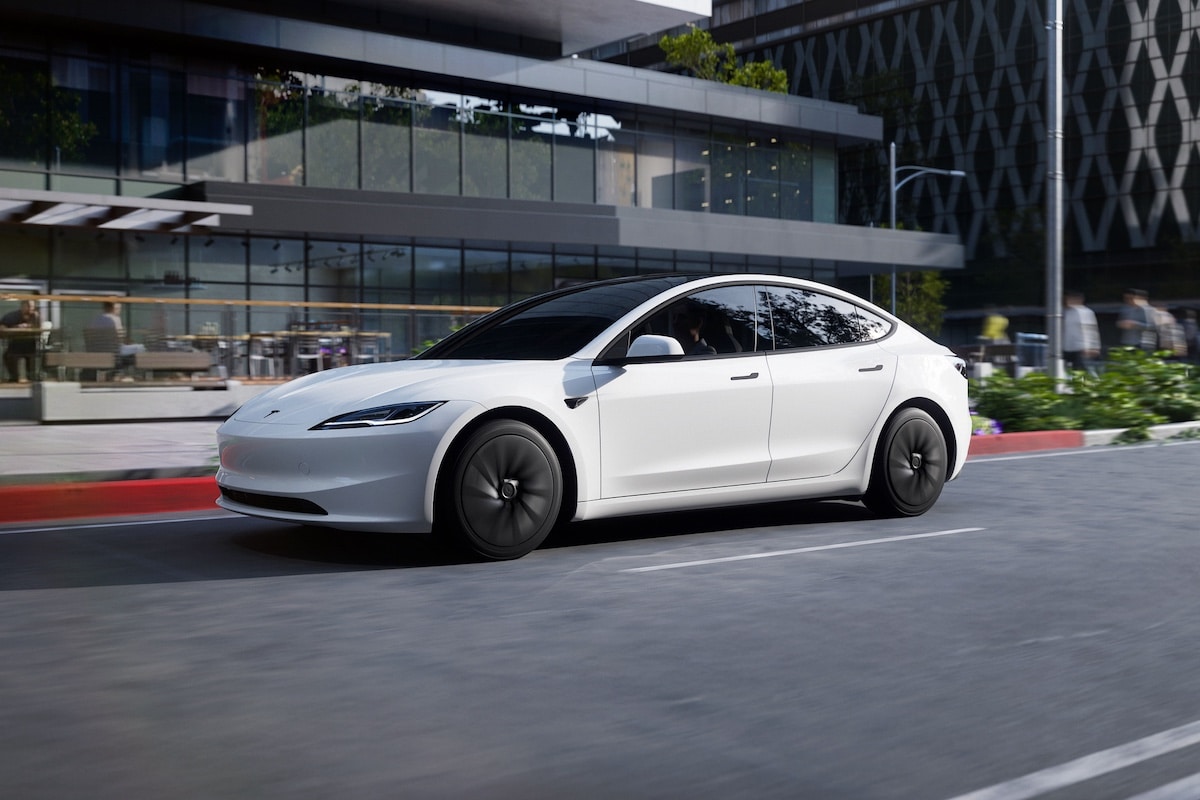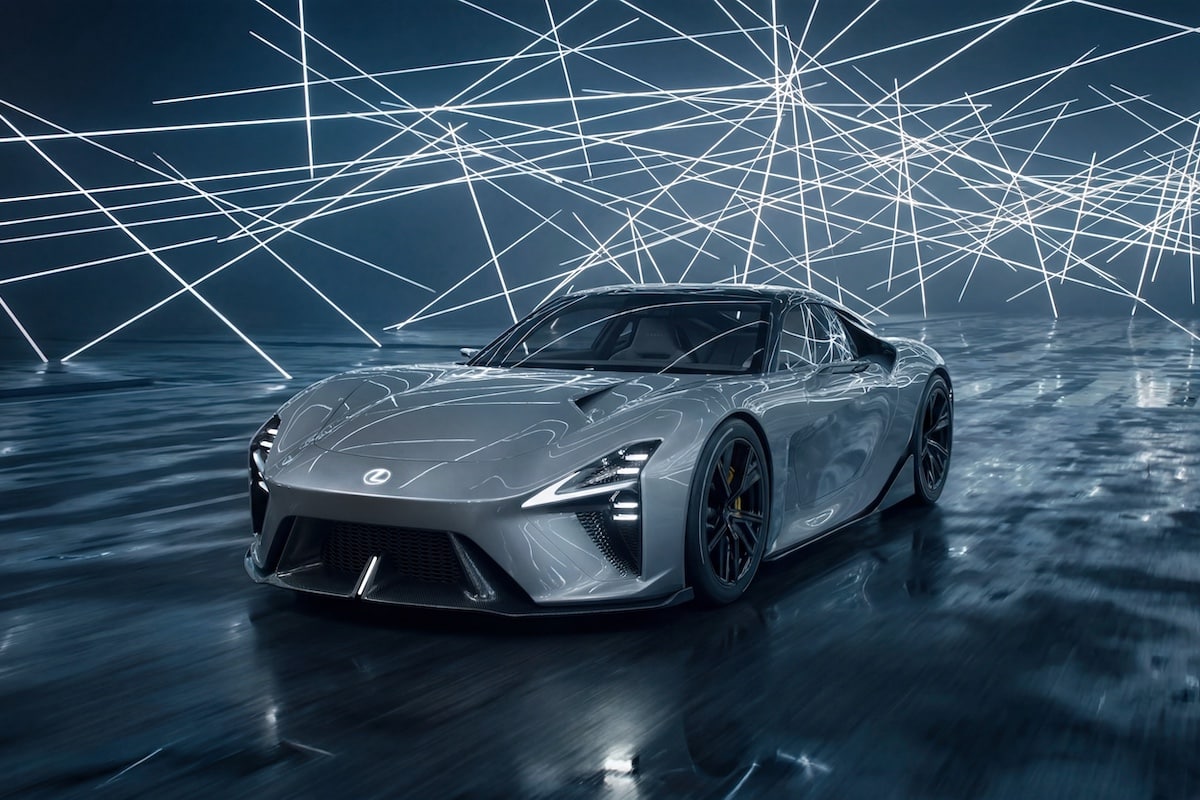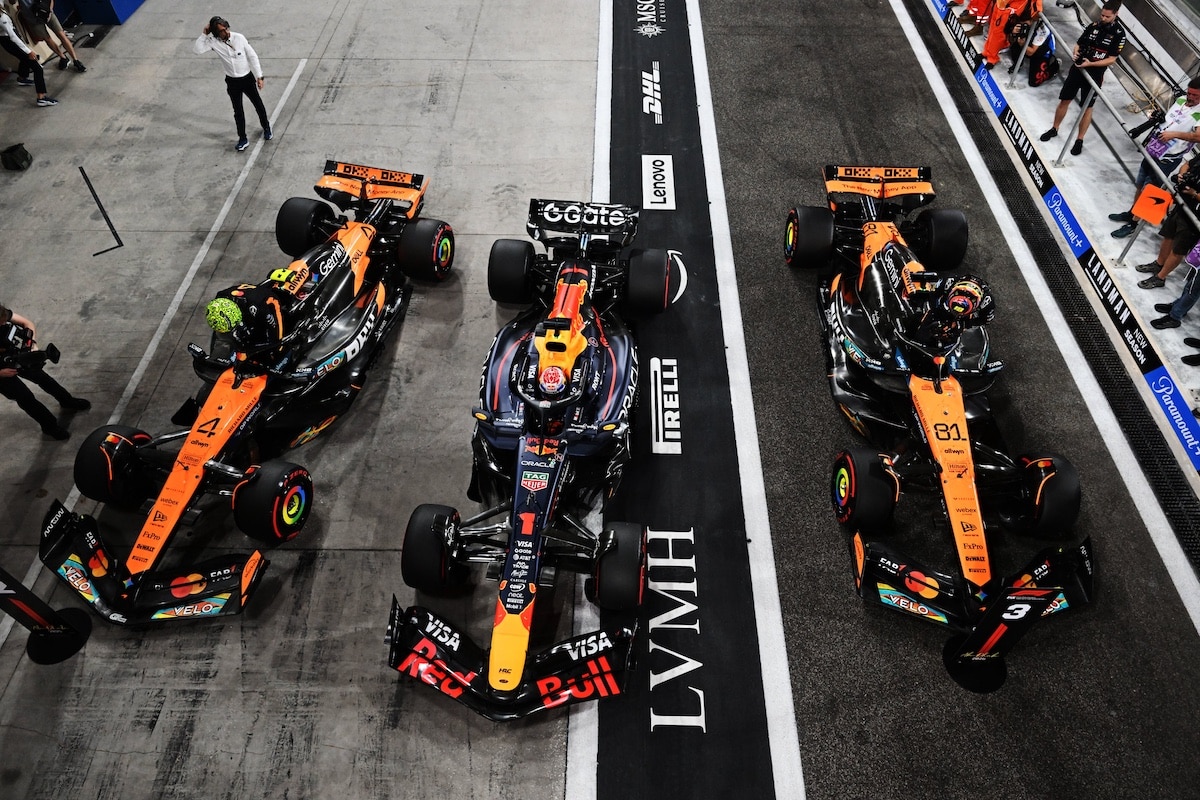The Volvo ES90 promises to be exceptional, with one small detail to note
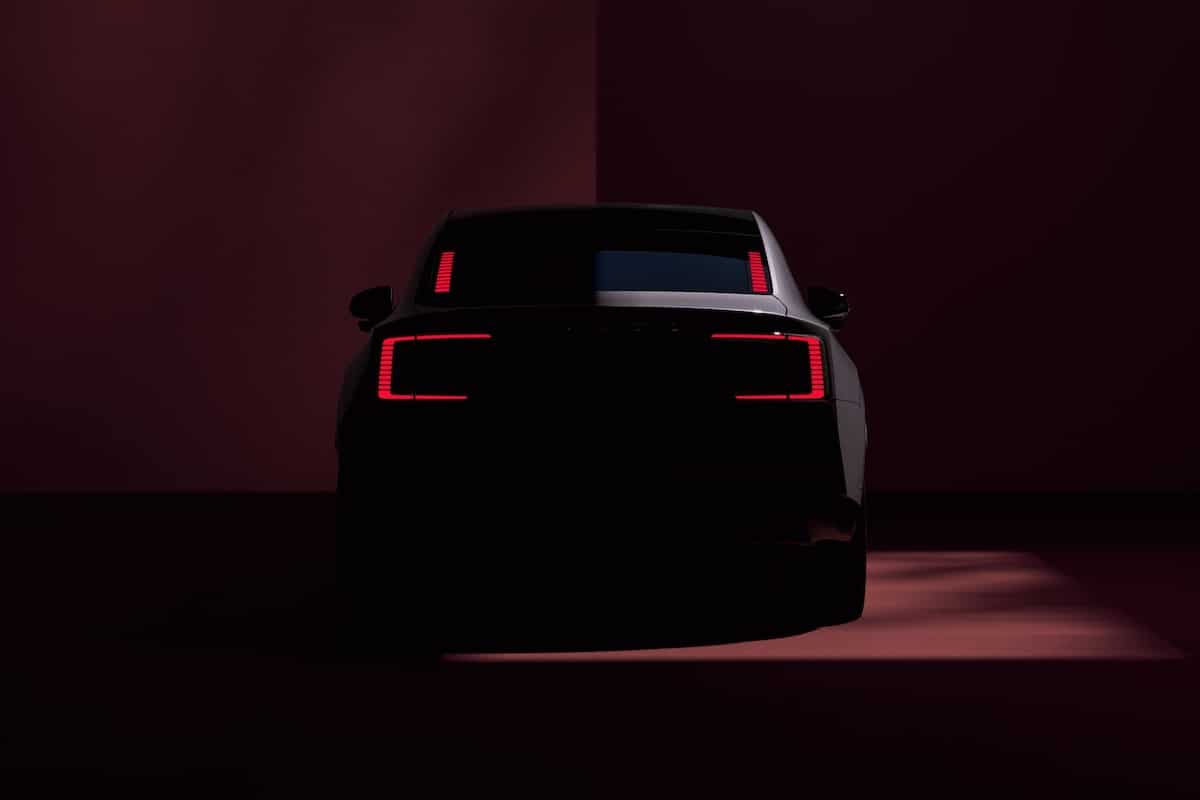
Volvo is preparing to take a significant step with its new premium full-size electric sedan, the ES90.
With the ES90, Volvo unveils an electric sedan aiming to establish itself as a benchmark through impressive technical performance. Equipped with 800-volt technology, this newcomer in the Chinese-Swedish brand’s electric lineup promises a range of 700 kilometers and the ability to add up to 300 kilometers in just 10 minutes of fast charging on a 350 kW station.
Beyond this impressive technical spec, the ES90 emphasizes sustainability. It incorporates 29% recycled aluminum, 18% recycled steel, and 16% recycled or bio-sourced polymers. The wood panels used in the cabin are FSC certified, while a blockchain-based “battery passport” ensures full traceability of materials such as lithium, cobalt, and nickel, guaranteeing responsible and transparent production.
What clientele for this Volvo?
However, despite these advantages, its three-box sedan format is a significant drawback in the European market, where this type of silhouette is increasingly less popular compared to the dominance of SUVs and crossovers. The ES90 may face difficulties establishing itself in a region where consumers favor more versatile models suited for family or urban use.



Conversely, the ES90 could find a more receptive clientele in Asia, where three-box sedans remain highly popular for their elegance and status. Its sleek line, combined with its performance, could appeal to buyers seeking high-end electric vehicles offering a balance between technology and classic style.
Thus, the ES90 stands as a showcase of Volvo’s technical and sustainable advances, while also illustrating the challenges the brand faces in adapting its Chinese-designed models to the specificities of different markets. Its promising performance and generous range may not be enough to offset a design that diverges from current European trends, but they hint at a greater potential for success in regions where these criteria are still valued. The first hint of this will come on March 5th during its official presentation, possibly along with a station wagon version that would bring us back to Volvo’s earlier days.
READ ALSO: A Little Freshening Up for the Volvo XC60
This page is translated from the original post "La Volvo ES90 s’annonce exceptionnelle, à un petit détail près" in French.
We also suggestthese articles:
Also read
